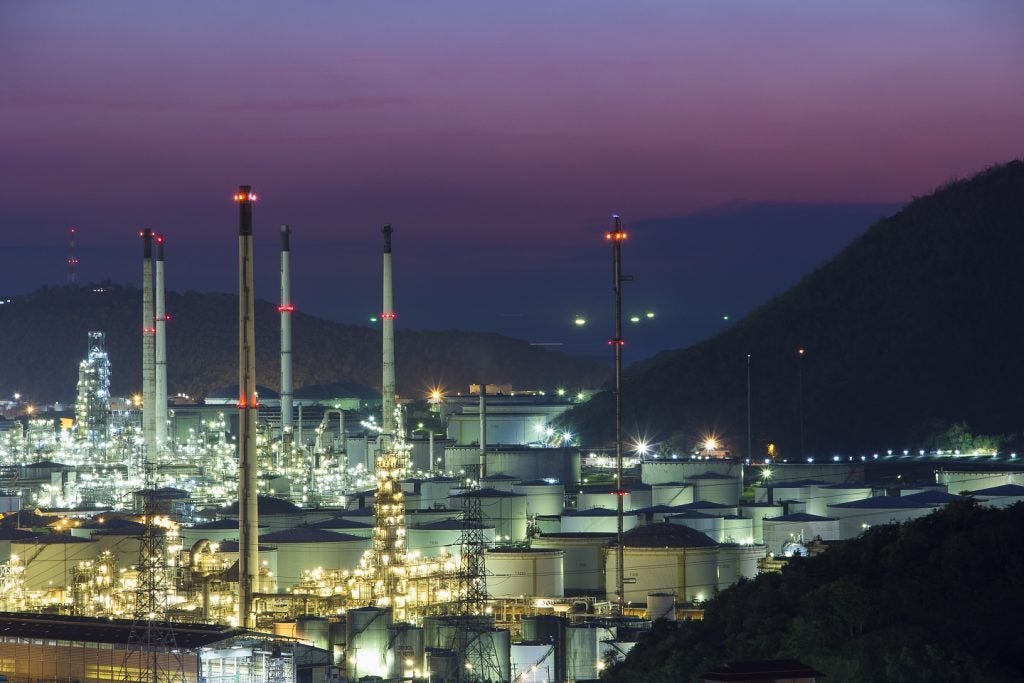Oil prices could reach $150 in 2024 should the Israel-Hamas war morph into a regional conflict, the World Bank has warned. The oil supply disruption would be comparable to that caused initially by the Arab oil disruption of 1973, which led to a loss of nearly 7.5% of global oil supplies at the time.
Under the World Bank’s current price baseline, oil prices are expected to average $84 per barrel (/bbl) in 2023. The effect of production cuts by OPEC+ has been blunted as supplies have increased from other sources and demand from China has been limited. The Israel-Hamas war has had a limited effect on oil prices so far.
However, an escalation of the current conflict could shrink global oil supply by as much as eight million barrels per day, leading to sharp price increases.
Indermit Gill, the World Bank’s chief economist, said: “The latest conflict in the Middle East comes on the heels of the biggest shock to commodity markets since the 1970s – Russia’s war with Ukraine. That had disruptive effects on the global economy that persist to this day. Policymakers will need to be vigilant. If the conflict were to escalate, the global economy would face a dual energy shock for the first time in decades – not just from the war in Ukraine but also from the Middle East.”
In the Bank’s medium disruption scenario, comparable to the Iraq war in 2003, oil prices could reach $115/bbl in 2023, and under a small disruption scenario, similar to the reduction seen during the 2011 Libyan civil war, prices would reach around $100/bbl.
However, the World Bank notes that countries are better suited to deal with an oil supply shock now than they were in 1973. Notably, oil intensity (the amount of oil needed to produce one unit of gross domestic product) decreased from 0.12 tonnes of oil equivalent (toe) in 1970 to 0.05toe in 2022. This is mainly due to the pivot towards alternative energy sources.
If the conflict expands, liquefied natural gas (LNG) prices could also increase rapidly. Of Europe’s LNG supply, 16% currently passes through the Suez Canal, and if the conflict leads to disturbance of the waterway, the supplies would have to be transported via the Cape of Good Hope, a far costlier route.















